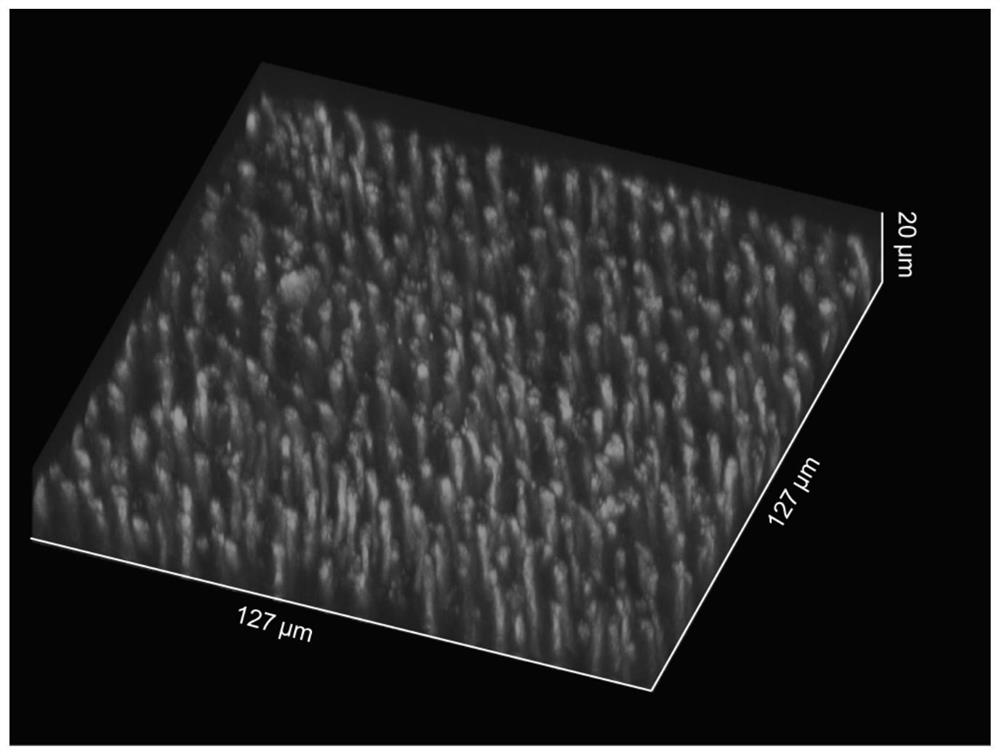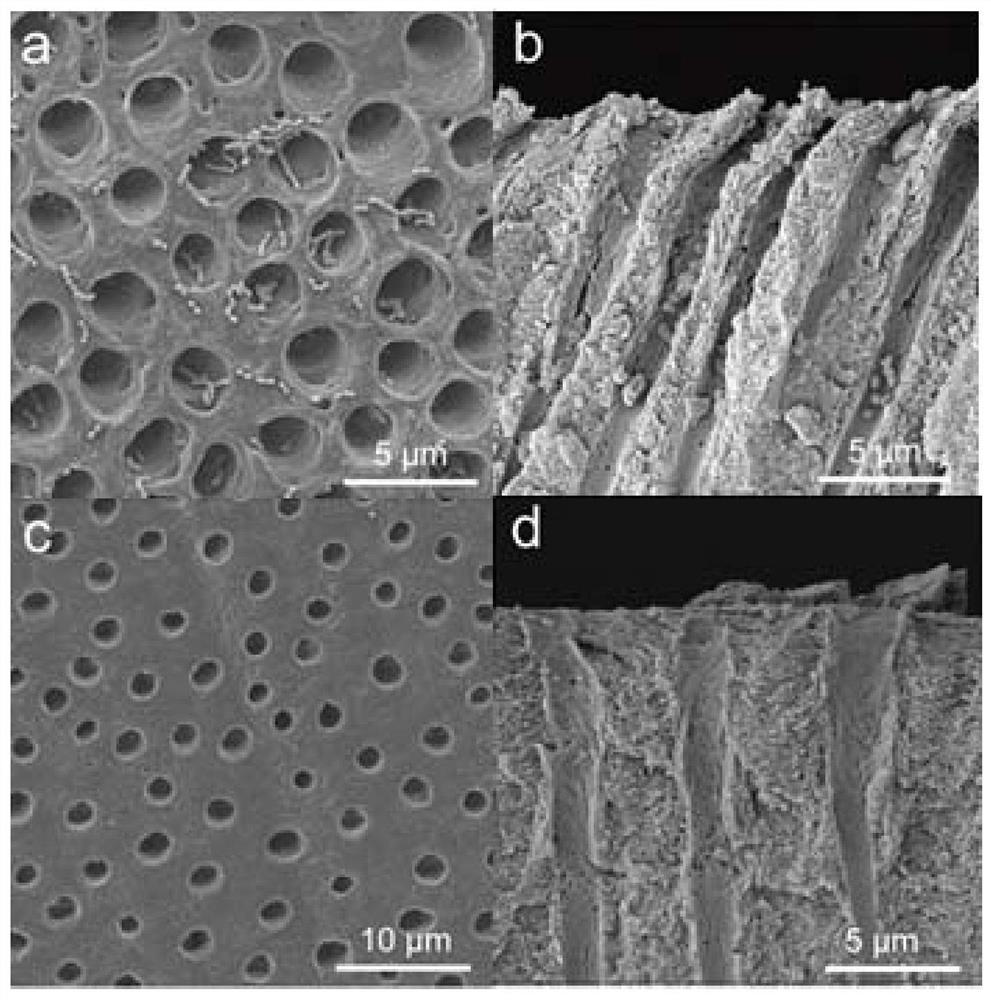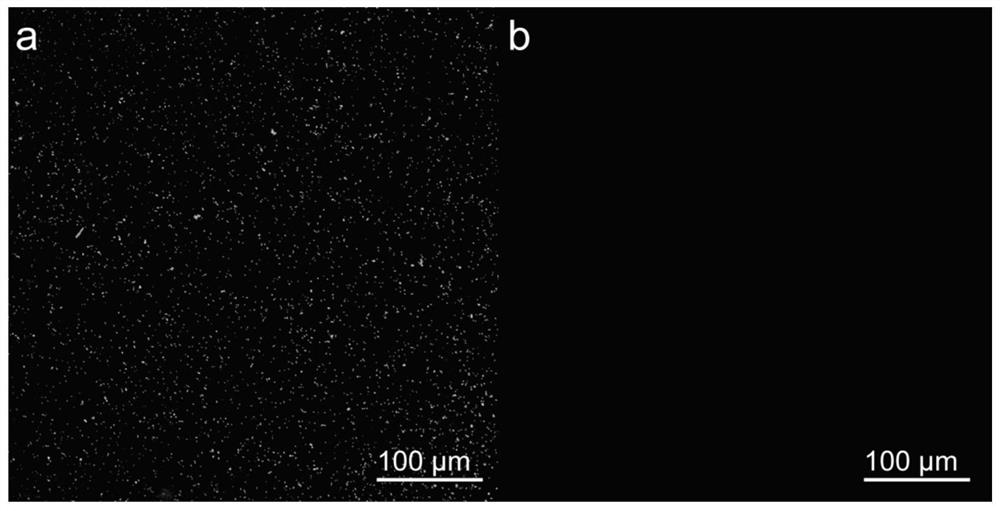A tooth desensitizer for deep sealing of dental tubules and prevention of biofilm formation
A desensitizing agent and biofilm technology, applied in dental preparations, tooth protection coatings, dentistry, etc., can solve the problem that desensitizing agents cannot deeply seal small holes in teeth, and achieve excellent anti-pollution ability, good controllability, Effect of preventing bacterial adhesion
- Summary
- Abstract
- Description
- Claims
- Application Information
AI Technical Summary
Problems solved by technology
Method used
Image
Examples
Embodiment 1
[0026] 40 mg of pegylated lysozyme, 10 mg of tris(2-carboxyethyl) phosphine hydrochloride, 10 mg of calcium chloride and 60 mg of sodium bicarbonate were uniformly mixed to obtain a tooth desensitizing agent.
Embodiment 2
[0028] 50 mg of pegylated lysozyme, 15 mg of tris(2-carboxyethyl) phosphine hydrochloride, 15 mg of calcium chloride and 70 mg of sodium carbonate were uniformly mixed to obtain a tooth desensitizing agent.
Embodiment 3
[0030] 60 mg of pegylated lysozyme, 20 mg of tris(2-carboxyethyl) phosphine hydrochloride, 10 mg of calcium chloride and 80 mg of sodium carbonate were uniformly mixed to obtain a tooth desensitizing agent.
PUM
 Login to View More
Login to View More Abstract
Description
Claims
Application Information
 Login to View More
Login to View More - R&D
- Intellectual Property
- Life Sciences
- Materials
- Tech Scout
- Unparalleled Data Quality
- Higher Quality Content
- 60% Fewer Hallucinations
Browse by: Latest US Patents, China's latest patents, Technical Efficacy Thesaurus, Application Domain, Technology Topic, Popular Technical Reports.
© 2025 PatSnap. All rights reserved.Legal|Privacy policy|Modern Slavery Act Transparency Statement|Sitemap|About US| Contact US: help@patsnap.com



